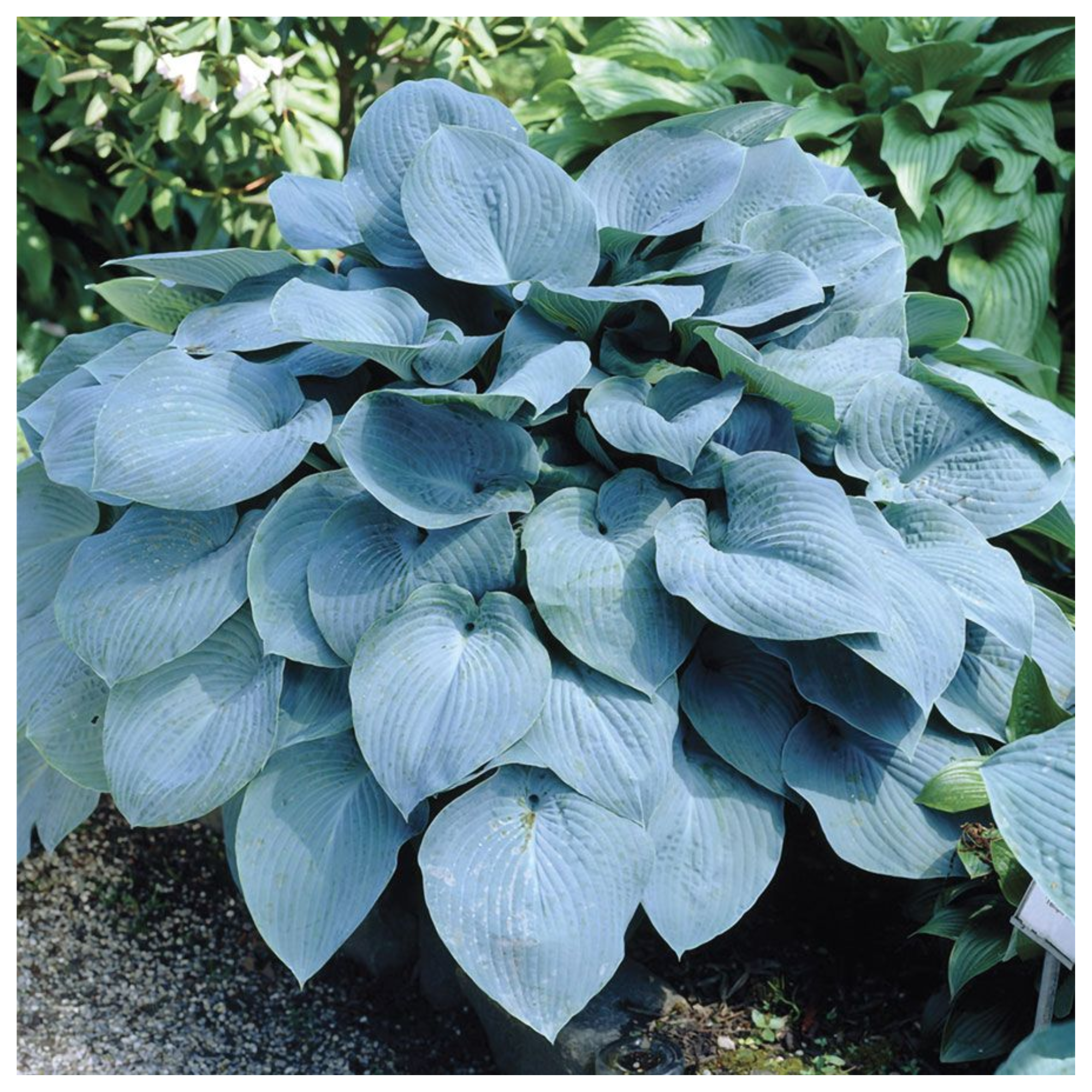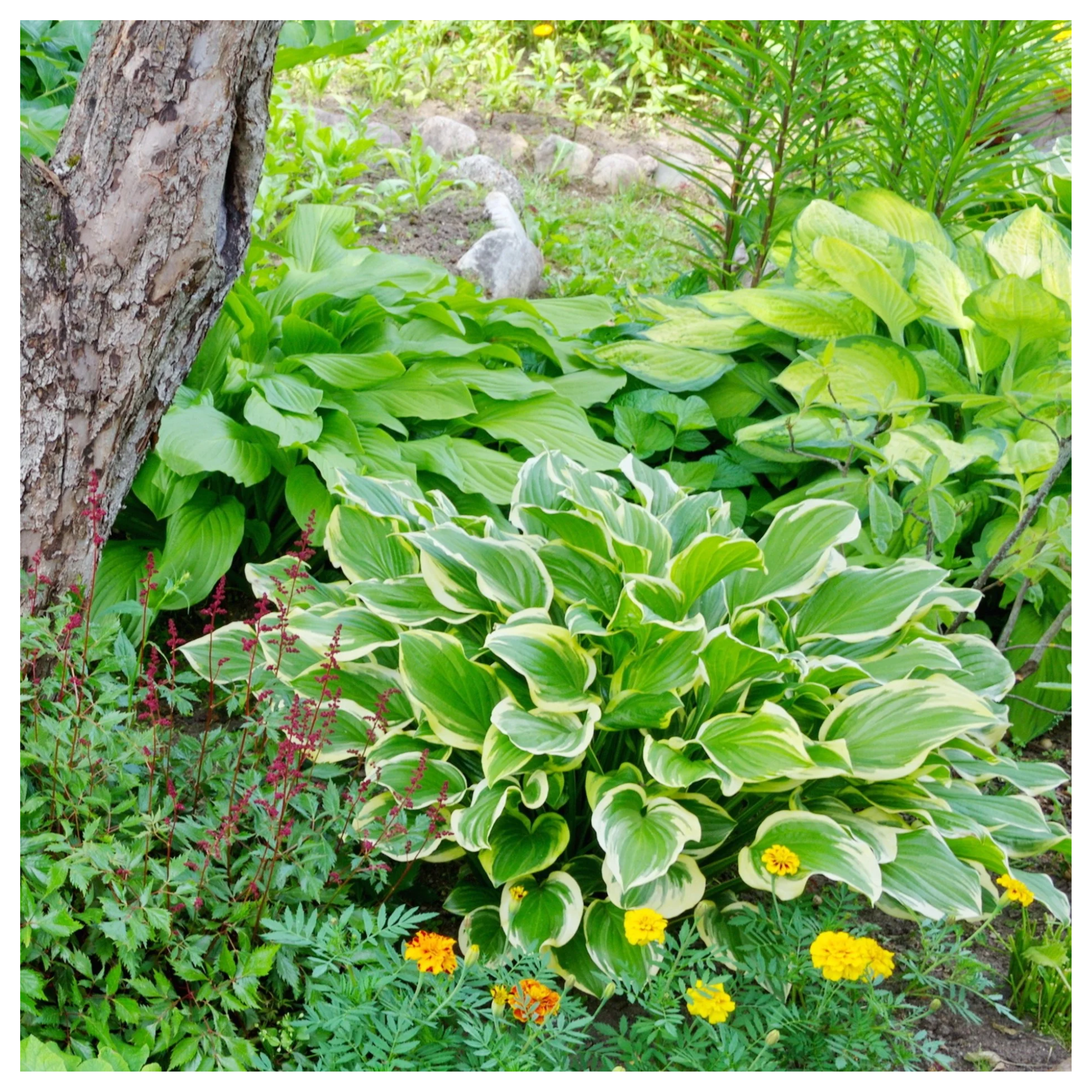Should I Cut Back Hostas in the Fall? This Task Will Help Keep Your Garden Looking Good and Pest-Free
Pruning away decaying leaves will keep these shady plants healthy during the winter months


There are certain plants that can really benefit from being cut back in fall — and among them, the shade-loving hosta.
Whether you've adopted this charming greenery in the form of container plants or even if you have it growing right out of the ground, it might need some extra care to get through the colder months.
So we've asked the experts all about how to prune plants so we can properly care for our hosta garden. Here's what they have to say about protecting our hostas during this testy time and whether they could benefit from a healthy cutting, now that autumn is upon us.
Should You Cut Back Hostas in the Fall?

While talking to gardening expert Marco Picano, he tells us that he strongly recommends cutting back hostas in the fall. "Hostas should be cut back once the foliage has died back after the first frost," he explains.
Landscape designer John Haryasz from Privacy Shrubs also finds it extremely important to cut back your hostas during the autumnal months and explains that the benefits are essential to safeguarding your crops. "Doing so helps remove dead or decaying foliage, which can attract pests and disease over the winter," he says.
If you decide to leave these partial shade plants uncut, John explains that the old foliage will rot and is likely to provide a hiding spot for slugs and other pesky creatures. "While hostas will still return, not cutting them back can potentially lead to a messier garden," he warns.

Price: $18
Quantity: 6 Pack
This Mixed Heart-Shaped Hosta Bare Roots from Amazon is an ideal low maintenance plant to add to your backyard. Attracting beneficial garden insects, this shrub is expected to bloom in the summer.

Price: $25
Quantity: 3 Pack
The perfect perennial plant for shade — this Hosta 'Elegans' Plantain Lily Bare Roots is a show-stopper. This plant can grow up to 3 feet tall in height and loves to attract butterflies.
How Do You Cut Back Hostas in the Fall?

Before you take to your container gardening setup or your ground-grown hostas, it's important to understand how to cut back your hostas to avoid harming them in the process.
The Livingetc newsletters are your inside source for what’s shaping interiors now - and what’s next. Discover trend forecasts, smart style ideas, and curated shopping inspiration that brings design to life. Subscribe today and stay ahead of the curve.
John tells us that he typically waits until the leaves have naturally started to die back, which usually happens after the first frost. "Then, use clean shears to trim the foliage down to about one to two inches above the ground," he says.
Using appropriate equipment is the key to cutting back. Plus, it can help make the process easier on the plants and quicker for you. We recommend adding this pair of Japanese pruning shears from Amazon to your arsenal of tools. Not only is it professional-grade, but it's also ambidextrous in form, allowing you to switch hands with ease.
Is this another gardening task to add to your to-do list? Yes. Will it help your garden flourish with immense success over the winter. Absolutely, yes.
So instead of meeting the chore with disdain, take it in stride and watch as your garden shows you its appreciation in the form of foliage and flora that not just survives but thrives over the course of the following seasons.
FAQs
When Should You Fertilize Hostas?

If you're worried about having to carve out yet another hour of time to commit to caring for your hostas, we have good news. Purely because, your hostas don't really need a dose of fertilizer at fall.
Instead, save this task for springtime as this is when your crops will definitely need a little extra help in the form of food. And when the time comes, just remember that a balanced fertilizer works best for these green beauties.
Can You Cut Hostas All the Way Down?
"Yes, you can cut hostas all the way down to the base," says John. "Especially once they’ve fully died back for the season." However, if you choose to give your crops a major cutting, John recommends leaving a little bit of the stem to protect the crown of the plant over the winter.

Amiya is a Home Wellness Writer at Livingetc. She recently graduated with a Masters Degree in Magazine Journalism from City, University of London, and has lent her words to beauty, fashion, and health sections of lifestyle publications including Harper’s Bazaar and Women’s Health. Her experience as a research analyst has equipped her with an eye for emerging trends. When she’s off the clock, she can be found reading, listening to music, or overanalyzing her latest Co-Star update.
